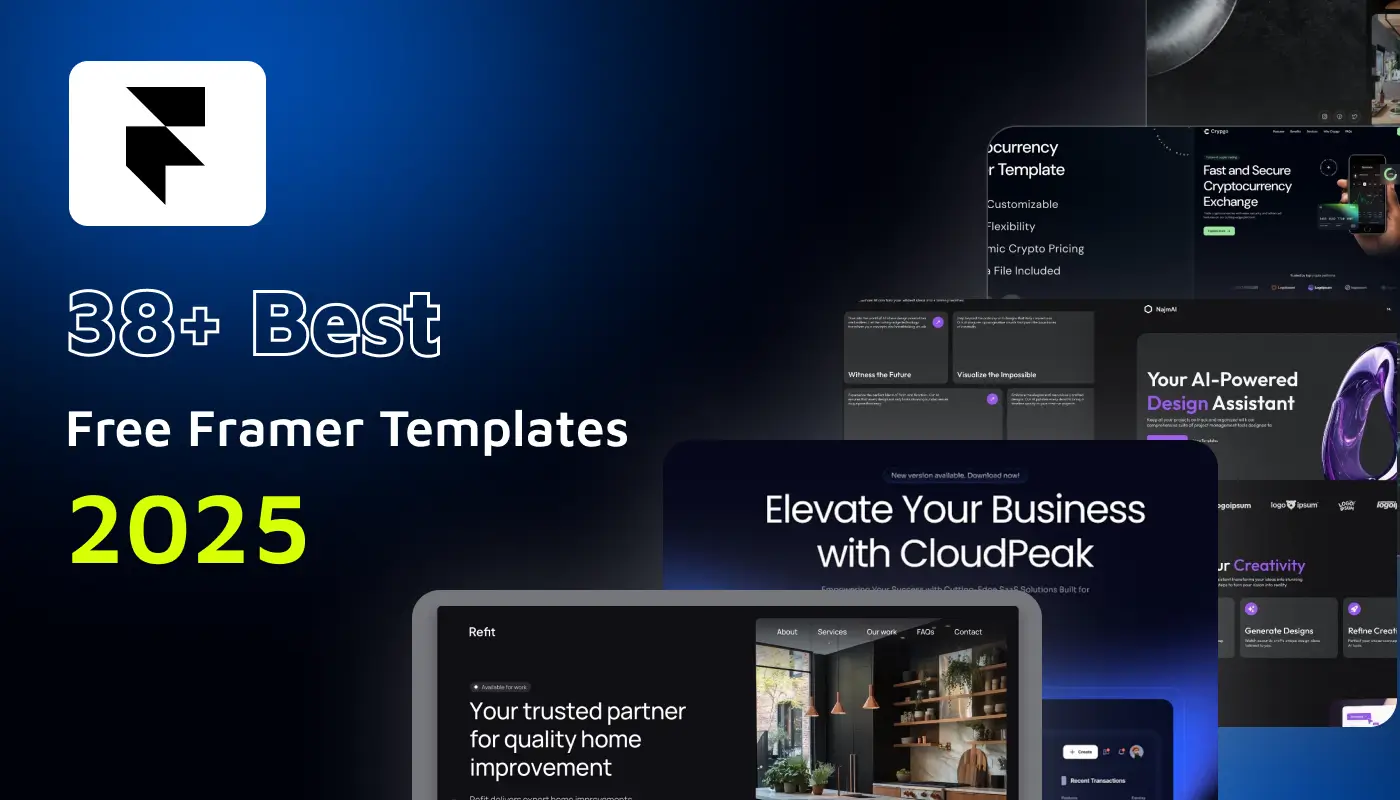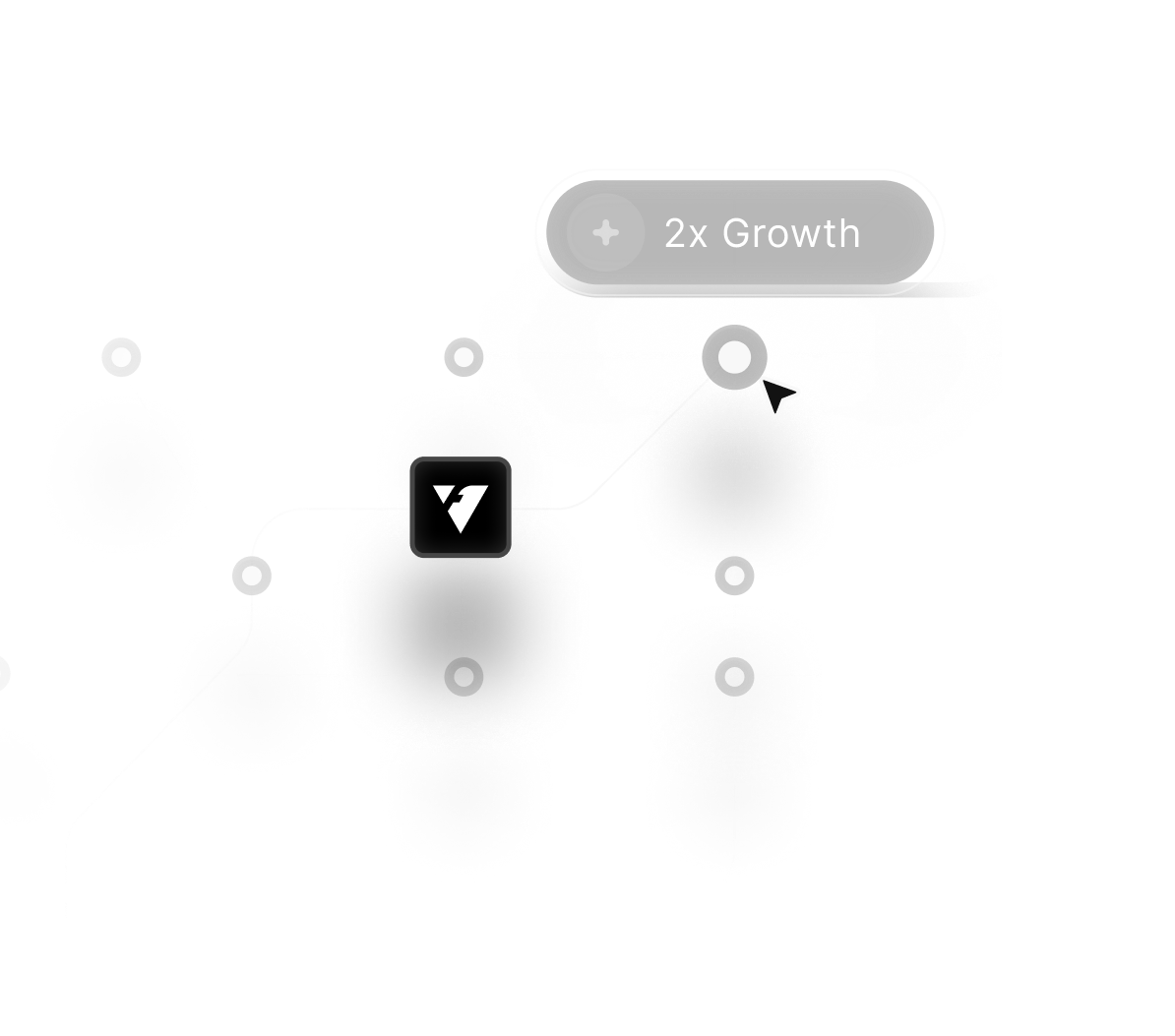How to Migrate WordPress Shortcodes to Webflow & Framer | A Step-by-Step Guide

Migrating shortcode-heavy WordPress websites often requires thoughtful planning before rebuilding your pages inside Webflow or Framer. Success depends on identifying how shortcodes were used, what functions they triggered, and how those features should appear visually in the new platform.
Shortcodes often control galleries, sliders, forms, dynamic content, or plugin-driven behaviors that must be recreated through cleaner components.
Understanding the purpose of each shortcode reduces confusion during migration and sets a clear path toward modern implementation.
Webflow allows many shortcode functions to be implemented using CMS fields, custom embeds, and attributes that eliminate hidden code. Framer offers interactive components and modular blocks that replicate shortcode-driven features without relying on backend plugins.
Careful mapping ensures that content, structure, and functionality remain consistent during the transition to modern builders. Developers often choose to replace old shortcode logic entirely by adopting new visual workflows that improve long-term site management.
Cleaner design, faster loading, and reduced complexity become major benefits when migrating to Webflow or Framer. Modernizing shortcode-based systems ultimately leads to better performance, easier updates, and more reliable long-term scalability.
"Upgrade your site today.
Book a fast migration call to plan your move."
Table of Contents
- Why Shortcodes Break During Migration?
- The Temporary Fix For WordPress Shortcodes
- Manual HTML & CSS Embeds
- Creating Reusable Code Snippets
- Providing Step-by-Step Documentation For the Content Team
- The Long-Term Solution: Native Shortcode System in Webflow & Framer
- Best Practices For Smooth Migration
1. Why Shortcodes Break During Migration?

Shortcodes in WordPress are placeholders that allow users to insert dynamic content without writing code. For example, a testimonial or CTA shortcode can be added inside a post, and WordPress processes it into a styled element.
When migrating to Webflow or Framer, these shortcodes do not function as intended because these platforms lack built-in support for processing them. As a result, the shortcodes appear as raw text, breaking the content layout and removing important interactive elements.
This creates a major issue in maintaining design consistency and functionality after migration.
2. The Temporary Fix For WordPress Shortcodes

Since Webflow and Framer don’t natively support shortcodes, the best immediate solution is to replace them manually using custom HTML and CSS.
2.1 Manual HTML & CSS Embeds
To retain functionality, follow these steps:
- Identify all shortcodes: Extract them from the WordPress database to understand which elements need to be recreated.
- Recreate elements manually: Convert shortcodes into HTML and CSS, ensuring they maintain the same design and behavior.
- Embed them in Webflow or Framer: Insert the custom HTML code into the platform where necessary.
2.2 Creating Reusable Code Snippets
Instead of rewriting HTML and CSS every time, document reusable snippets for common shortcodes. This allows content teams to insert the correct components without needing development knowledge.
2.3 Providing Step-by-Step Documentation For the Content Team
Many marketing teams working on content updates may not have technical experience. Providing clear documentation with visual guides or short tutorials makes it easier to insert the correct elements without issues.
3. The Long-Term Solution: Native Shortcode System in Webflow & Framer

While manual embeds work as a temporary solution, they are not ideal for long-term scalability. The best fix would be for Webflow and Framer to introduce a built-in shortcode system similar to WordPress but optimized for visual content management.
This could work as a slash command-based component system where typing a simple command would insert a styled component directly into the content editor.
3.1 The Advantages of a Native System
- Simplifies content editing – No need to manually embed HTML and CSS.
- Ensures design consistency – Pre-built components maintain a unified look.
- Improves usability for non-developers – Marketing teams can easily manage content without relying on technical staff.
If Webflow and Framer implement this system, it would significantly improve the content management experience for users transitioning from WordPress.
4. Best Practices For Smooth Migration

To ensure a hassle-free migration, follow these best practices:
- Audit your content – Identify all shortcode-dependent elements before migration.
- Create custom replacements – Develop HTML & CSS versions of key shortcodes.
- Test thoroughly – Ensure all elements appear correctly before finalizing the migration.
- Provide clear documentation – Make it easy for content teams to maintain and edit components post-migration.
Conclusion
Shortcode migration often reveals how cluttered and plugin-dependent older WordPress builds have become. Transferring features into Webflow or Framer removes hidden logic and replaces it with clear, maintainable structures.
Modern layout tools give designers more flexibility while eliminating unpredictable shortcode behavior. Stronger performance results from removing unnecessary scripts and outdated plugin dependencies.
Cleaner components allow teams to update content faster without worrying about breaking complex shortcode strings. Visual builders support long-term scalability, allowing new features to be added without rebuilding core structures.
Reduced technical debt ensures your site remains stable, modern, and aligned with current performance standards. Moving away from shortcode-heavy builds ultimately enables smoother workflows and a future-proof digital foundation.

FAQ
1. What happens to shortcode-driven features when migrating?
Those features are rebuilt using embeds, components, or CMS structures that mimic or improve the original functionality.
2. How can I identify what a shortcode does before moving it?
Checking theme files, plugin documentation, or shortcode handlers reveals the exact function and output.
3. Why can’t Webflow or Framer read WordPress shortcodes directly?
Shortcodes rely on PHP processing, which no-code platforms do not support, requiring manual recreation.
4. Where can dynamic WordPress content be recreated in Webflow?
CMS collections, attributes, and HTML embeds replicate much of the functionality shortcodes previously handled.
5. Who should handle complex shortcode migrations?
Developers familiar with both WordPress architecture and modern visual builders create the most reliable transitions.
6. How do I preserve plugin functionality without shortcodes?
You can replace old plugin features using APIs, custom scripts, or native Webflow/Framer components designed for similar results.
Table of Contents
Choose Our Service, Grow Fast!
Follow Us
Related Posts

Explore 38+ free Framer templates for 2025 with updated designs. Create beautiful, fast, and fully cloneable websites that are SEO-friendly and easy to customize.
Framer’s marketplace offers over 2,000+ modern and fully customizable templates, making it easy to find the perfect starting point for your next website. This list highlights the #1 selected 38+ Free Framer templates for 2025, all handpicked for quality and performance."


December 5, 2025
Impactful hero videos guide viewers through energy and storytelling, while static imagery excels in simplicity, fast loading, and instantly communicating core brand value.
Impactful hero videos guide viewers through energy and storytelling, while static imagery excels in simplicity, fast loading, and instantly communicating core brand value.


Avoid costly SaaS errors with our guide to common mistakes and proven tips to boost product adoption, increase revenue, and enhance overall customer success.
Avoid costly SaaS errors with our guide to common mistakes and proven tips to boost product adoption, increase revenue, and enhance overall customer success.

Ready to Scale Your Project to the Next Level?
Let's take your project to new heights, reach out and see how we can help you.




















